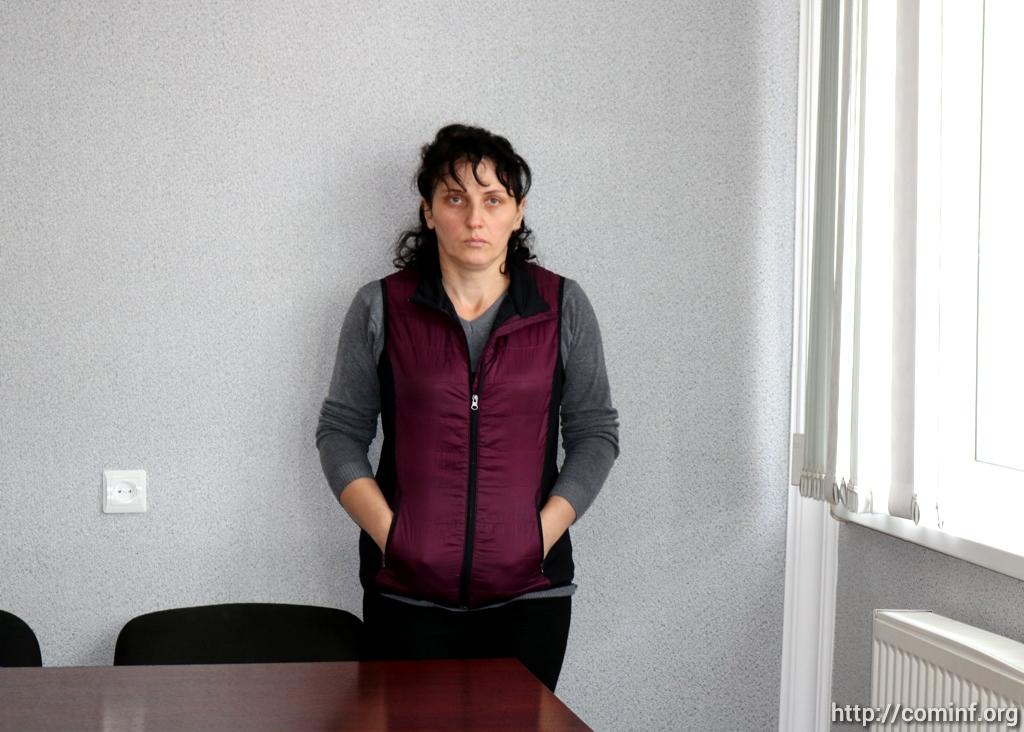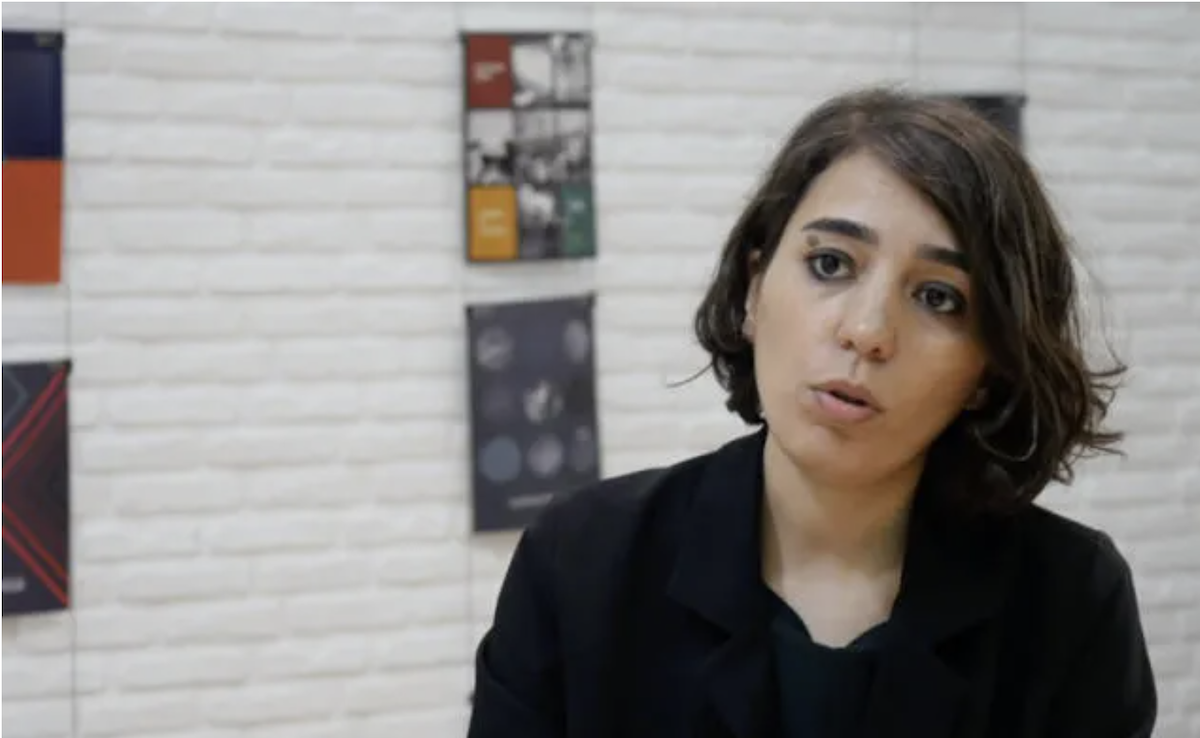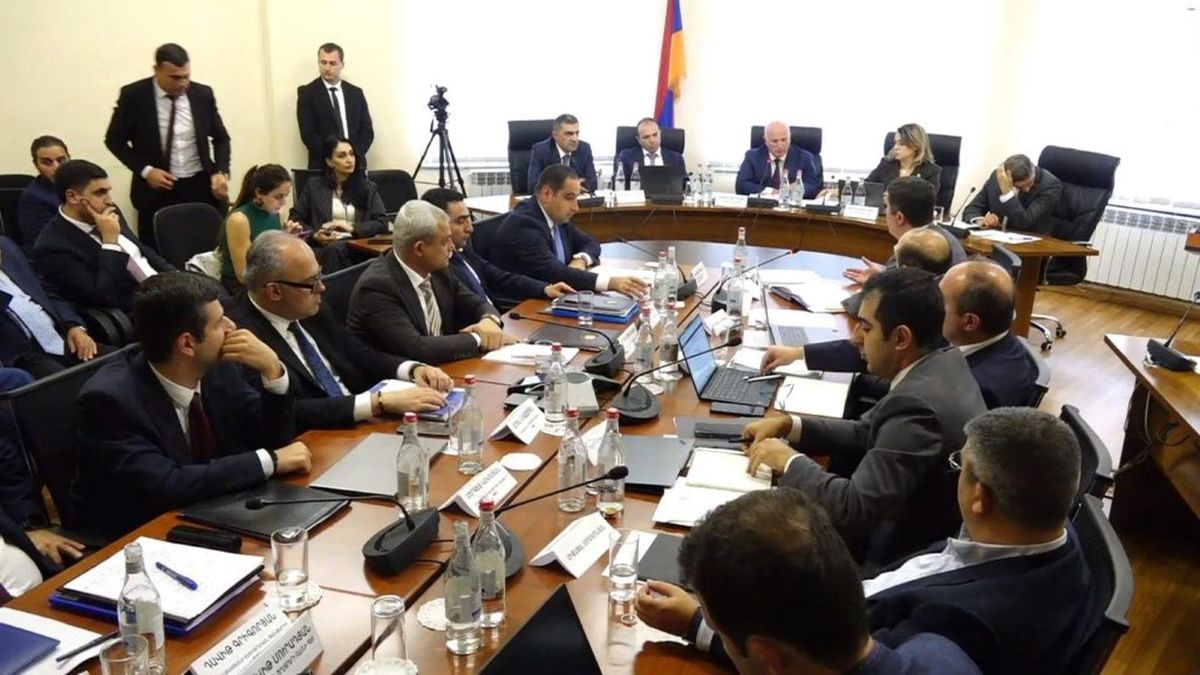South Ossetia releases Georgian woman from Tskhinvali prison
The South Ossetian authorities have released Maia Otinashvili, a Georgian woman, on parole after 11 days of imprisonment.
The Akhalgori district court convicted Otinashvili of illegally crossing the border of the de facto republic of South Ossetia and placed her on probation for one year.
The 37-year-old mother of three children was detained by Russian border guards in the Georgian-Ossetian conflict zone on 29 September in Khurvaleti village, Gori municipality. She was detained on her own property while harvesting nuts in her garden.
Otinashvili’s mother, Galina Kelekhsaeva, told Radio Free Europe/Radio Liberty that while being detained, her daughter resisted and was beaten.

This is not the first incident of Russian border guards detaining Georgian citizens in the conflict zone for violating the so-called border.
Generally, detainees or their families must pay a fine and are then later released.
This time, however, the South Ossetian KGB stated that Otinashvili had been helping people cross the border for money. For that reason a criminal investigation was launched against her. Otinashvili calls the accusations made against her absurd.
• The press reports on an almost weekly basis on Georgian citizens being detained for violating the so-called border.
Crossing the so-called state border is tightly controlled by Russian border guards. They detain people in areas where barbed wire has not been erected or where there are no clear signs delineating the “border”.
In many instances the victims of this phenomenon are shepherds grazing their cattle in their own village or those gathering jonjoli in nearby forests.
Read also: Georgia releases Otkhozoria-Tatunashvili sanctions list
The last high-profile case of this type took place when Russian border guards detained five young Georgian hikers in Truso Gorge. It took several days and the interference of international organisations to secure their release. Detainees are generally placed in custody in a Tskhinvali prison and released once the fine has been paid.
• After the August War of 2008, Russian military forces began to erect white and green signs with the text “State Border” and “South Ossetia” along the administrative boundary line.
The so-called border is in some places delineated by barbed wire. The Russian and Ossetian sides call this process “borderisation”.
According to the Russian and Ossetian authorities the borders are delineated per pre-war Soviet maps, and lay claim to all villages in the Akhalgori district.
The Georgian side calls this process a “creeping occupation” and states that the Russian side is trying to annex Georgian territories.
The barbed wire is sometimes erected in Georgian villages in such a way that the villages are divided in two. As a result, grazing lands, cemeteries and the land plots of dozens of families end up on the other side of the “border”.
• The village of Khurvaleti in Gori municipality borders on the conflict zone. It is 20 kilometres away from Gori. Khurvaleti has been particularly affected by the “borderisation” process.
The barbed wire has divided the village in two – one side has remained under the jurisdiction of Tbilisi, while the other side is controlled by Russian and Ossetian soldiers.
Read also: Life behind the barbed wire along Georgia’s line of demarcation
• The EU Monitoring Mission patrols the territory controlled by Tbilisi.



















